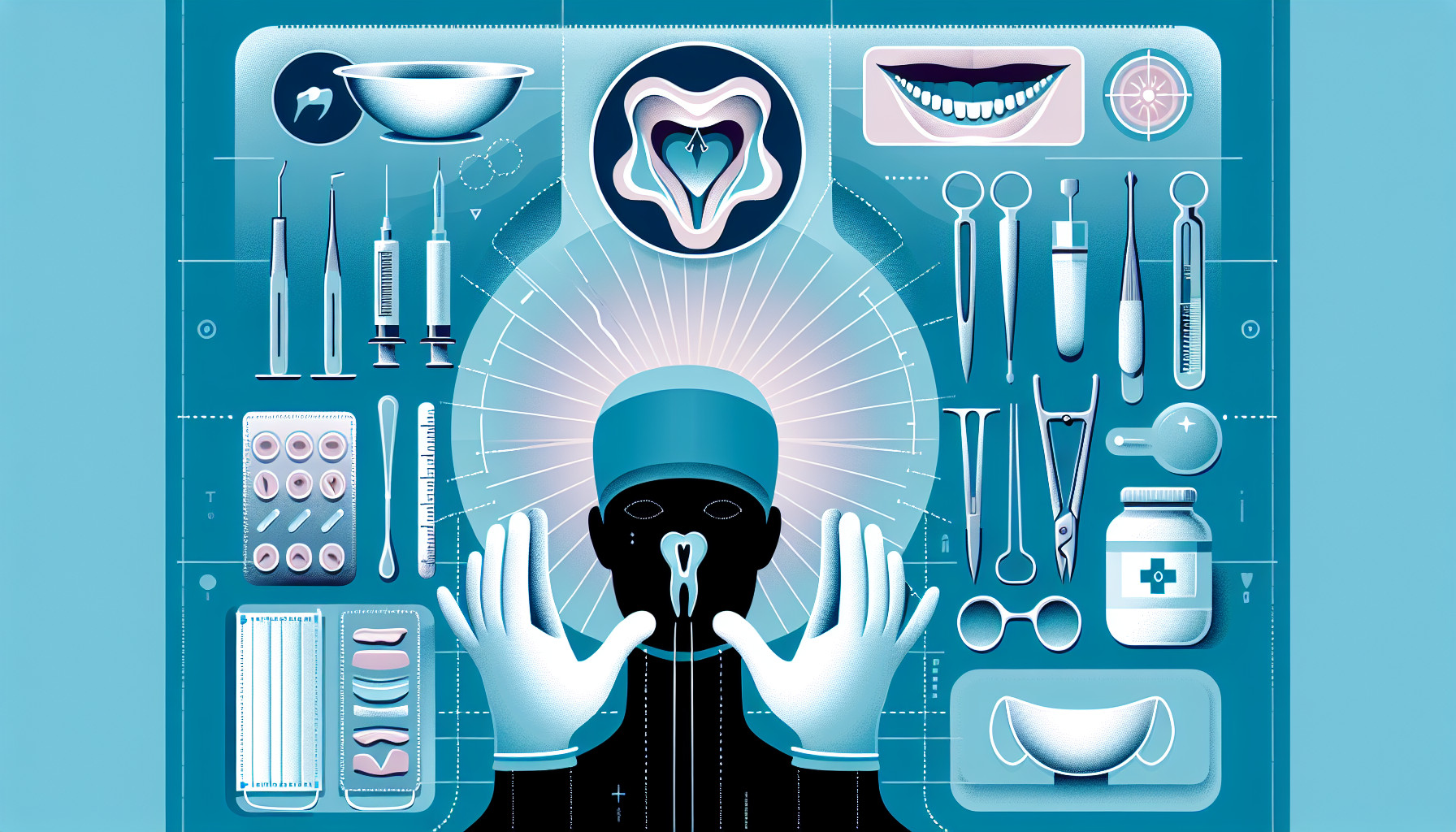Our Summary
This research paper is about cleft palate, a birth defect where the roof of a baby’s mouth (palate) doesn’t form completely, leaving a gap or ‘cleft’. This condition affects 0.1 to 1.1 in every 1000 babies. Some ethnic groups have a higher chance of having babies with cleft palates, but it affects boys and girls equally.
Cleft palate can happen on its own, or along with other birth defects like cleft lip or other conditions. The aim of fixing a cleft palate is to separate the mouth and nose properly. This helps the baby feed normally and speak more clearly when they’re older. It also lowers the risks of problems like holes forming between the mouth and nose, issues with the muscles used in speech, and issues with facial growth.
The paper talks about how often cleft palate occurs, what might cause it, and how it’s classified. It also explains the surgical techniques used to fix a cleft palate, how to take care of patients before and after surgery, and the possible complications of the surgery.
FAQs
- What is the incidence of cleft palate and does it affect certain ethnic groups or sexes more than others?
- What are the goals and techniques of cleft palate repair surgery?
- What are the potential complications of palatoplasty and how can they be mitigated?
Doctor’s Tip
One helpful tip a doctor might tell a patient about oral surgery is to follow all pre-operative instructions carefully. This may include fasting before the procedure, stopping certain medications, and avoiding smoking or alcohol. Following these instructions can help reduce the risk of complications during and after the surgery.
Suitable For
Patients who are typically recommended for oral surgery include those with cleft palate, as mentioned in the abstract. Other types of patients who may be recommended for oral surgery include those with impacted wisdom teeth, dental implants, jaw misalignment, temporomandibular joint disorders, facial trauma, oral pathology, and obstructive sleep apnea. Additionally, patients who require tooth extractions, bone grafting, or corrective jaw surgery may also be recommended for oral surgery.
Timeline
Before oral surgery:
- Patient may have consultations with oral and maxillofacial surgeons to discuss the procedure, risks, and benefits
- Patient may undergo pre-operative testing such as blood work or imaging studies
- Patient may be instructed to stop certain medications or adjust their diet before surgery
- Patient may receive anesthesia during the surgery
After oral surgery:
- Patient may experience pain and swelling in the surgical area
- Patient may be prescribed pain medications and instructed on how to care for their surgical site
- Patient may need to follow a soft diet for a period of time
- Patient may have follow-up appointments with their surgeon to monitor healing and address any complications
- Patient may undergo speech therapy or other interventions to address any speech issues related to the surgery
What to Ask Your Doctor
What are the potential risks and complications associated with the oral surgery procedure?
How many surgeries might be needed to correct the cleft palate, and what is the expected timeline for these surgeries?
What type of anesthesia will be used during the surgery, and what are the potential side effects or risks associated with it?
How should I prepare for the surgery, including any restrictions on eating or drinking before the procedure?
What is the expected recovery time after the surgery, and what kind of post-operative care will be needed?
Will there be any scarring or changes in appearance after the surgery, and what can be done to minimize these effects?
How will the surgery impact my ability to eat, speak, and breathe after the procedure?
Will there be any long-term effects or complications from the cleft palate surgery that I should be aware of?
Are there any alternative treatment options to consider, and what are the potential benefits and risks of each option?
What is the success rate of cleft palate surgery, and what can I expect in terms of outcomes and improvements in my quality of life after the procedure?
Reference
Authors: Applebaum SA, Aronson S, Termanini KM, Gosain AK. Journal: Plast Reconstr Surg. 2024 Feb 1;153(2):448e-461e. doi: 10.1097/PRS.0000000000011035. Epub 2024 Jan 24. PMID: 38266141
